~ません (Negative polite present)
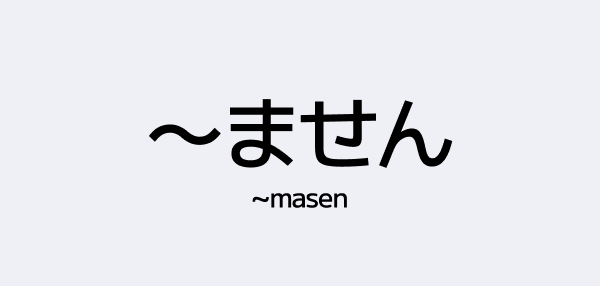
Once you’ve learned how to use ~ます to say things politely in Japanese, the next step is knowing how to say what you don’t do.
That’s where ~ません(masen) comes in — the negative version of ~ます. It’s polite, simple, and used all the time in daily conversation.
In this guide, we’ll show you:
- What ~ませんmeans and how to use it
- How to turn verbs into negative polite form
- Real examples from daily life
- Easy practice to help you master it
Let’s get into it 👇
What Does ~ませんMean?
「~ません」is the polite negative form of a verb. You use it when you want to say “I don’t” or “I won’t.”
Think of it like the opposite of ~ます. For example:
- たべます (tabemasu) = I eat
- たべません (tabemasen) = I don’t eat / I won't eat
In a full sentence, it could be:
ごはん は たべますが、パンはたべません。"I eat rice, but I don't eat bread*."
*Both yummy carbs though. 🍚🍞
It’s perfect for most situations, using a standard polite tone.
How to Change ~ますto ~ません
It’s super easy. Just take the ~ます form of a verb and swap it with ~ません. That's it! The same rules apply.
Here are a few examples:
- のみます→のみません (I drink → I don’t drink)
- いきます→いきません (I go → I don’t go)
- します→しません (I do → I don’t do)
- きます→きません (I come → I don’t come)
If you know the 〜ますform, you already know how to make it negative!
How to Conjugate Verbs into ~ませんForm
Just like with ~ます, Japanese verbs fall into 3 types. Each one changes to ~ませんa little differently, but don’t worry, the rules are straightforward once you get the hang of them.
1. Group 1 Verbs (Godan動詞)
These are the most common. You'll recognize them by their う-ending in plain form.
Examples:
- のむ (nomu) → のみません (nomimasen)
- いく (iku) → いきません (ikimasen)
- よむ (yomu) → よみません (yomimasen)
➡ Rule: Change the final う-sound to an い-sound, then add ~ません.
2. Group 2 Verbs (Ichidan動詞)
These usually end in ~る, and the sound before ~る is e or i.
Examples:
- たべる (taberu) → たべません (tabemasen)
- みる (miru) → みません (mimasen)
➡ Rule: Drop ~る and just add ~ません.
3. Group 3 Verbs (Irregular)
Only two verbs break the rules — just memorize these!
- する (suru) → しません (shimasen)
- くる (kuru) → きません (kimasen)
These show up in all kinds of everyday situations like:
- べんきょうしません (I don’t study)
- あさ、きません (He doesn’t come in the morning)
Quick Check:
Let’s try turning these into ~ませんform!
- よむ(yomu) →よみません
- はなす(hanasu) →はなしません
- ねる(neru) →ねません
- する→しません
- くる→きません
All good? You’re on your way to mastering polite negatives in Japanese! 💪
Everyday Example Sentences
Let’s look at more examples of how people actually use ~ませんin daily life.
にくをたべません。
Niku wo tabemasen. → I don’t eat meat.
(Hello, vegetarian/vegan friends 🥬)
あさごはんをたべません。
Asa gohan wo tabemasen. → I don’t eat breakfast.
(Hello, fellow intermittent fasters 🍽️)
あした、がっこうにいきません。
Ashita, gakkou ni ikimasen. → I’m not going to school tomorrow.
カフェインをのみません。
Kafein wo nomimasen. → I don’t drink caffeine.
スポーツをしません。
Supootsu wo shimasen. → I don’t play sports.
けっこんしません。
Kekkon shimasen. → I’m not getting married. (😅)
→ Want to make it stronger?けっこんなんかしません!!😖 (Caution: makes you sound a tad rude, so don't say it to your boss)
Quick Recap
ますvsません
- ~ます= polite, positive
- ~ません= polite, negative
Use it when…
- You want to say “no” gently
- You’re speaking to strangers, teachers, coworkers, etc.
Don’t use it with adjectives!
Use 〜くないです(forい-adjectives) or 〜じゃないです(forな-adjectives) instead.
Example: さむい→さむくないです。(It’s not cold.) きれい→きれいじゃないです。(Not pretty.)
Final Thoughts
Ready to say "no"? Now with ~ませんyou're fully equipped to turn people down (which is actually kind of hard in Japanese culture). If you want to sound like a (respectful) rebellious teen, this is your go-to grammar form. ✌️
Related Grammar
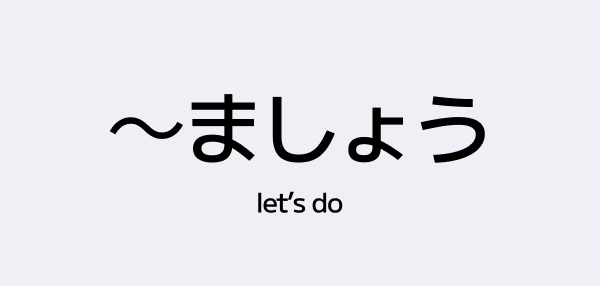 F Rank
F Rank~ましょう – How to Say “Let’s Do” in Japanese
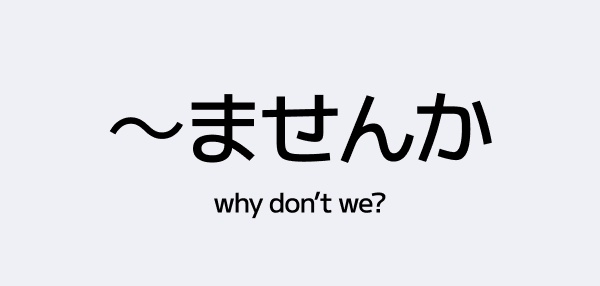 F Rank
F Rank~ませんか – How to Politely Say “Why Don’t We…?” in Japanese
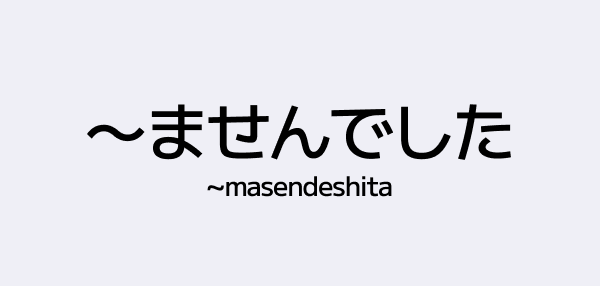 F Rank
F Rank~ませんでした (Polite Past Negative Form)
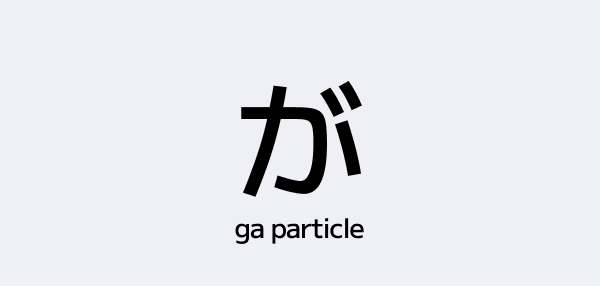 F Rank
F RankThe が (Ga) Particle
Discover how the Japanese particle が works as a subject marker, how it differs from は, and how it adds nuance, emphasis, and clarity in both casual and formal contexts.
